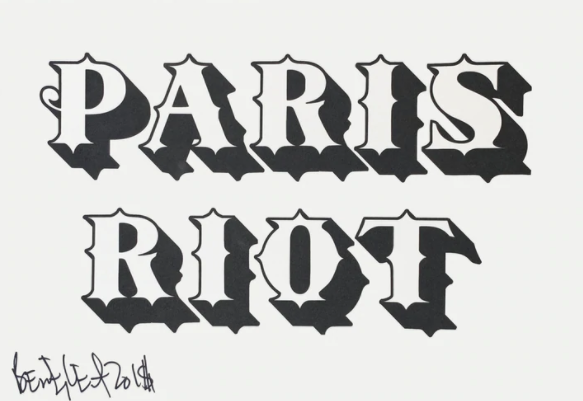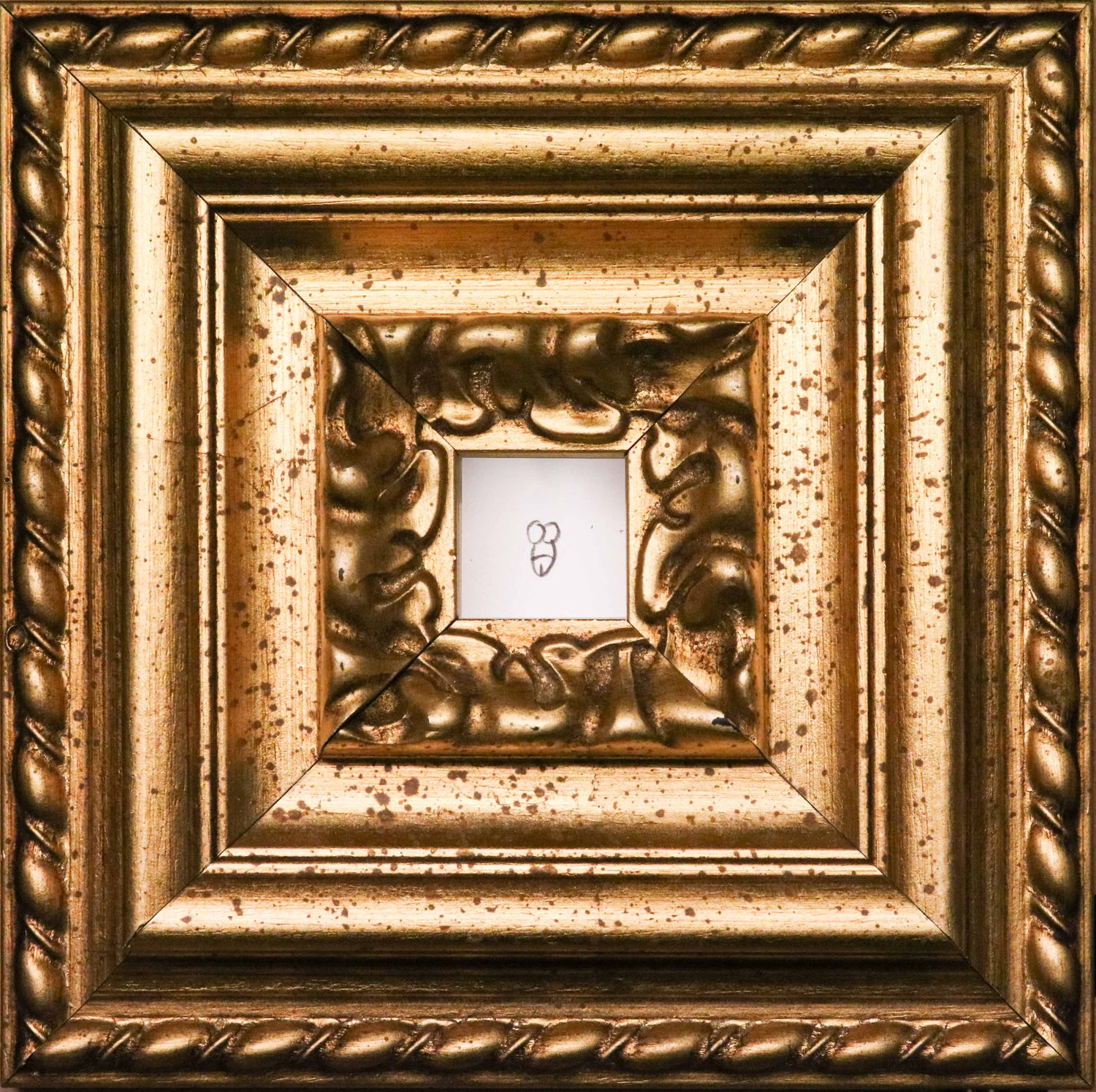MAI 68
Get the latest news from Jealous
Jealous are proud to release the Mai 68 portfolio co published with with Gerrish Fine Art to commemorate the 50 year anniversary of the Mai 68 Riots in France.
'Demand the Impossible' was one of the calling cries from the Mai 68 Paris protest riots and perhaps naively was the very ideal and spirit that brought this project alive. This Portfolio consists of 50 one colour screen prints in a numbered Edition of 68 with 5 AP’s. The Portfolio includes 'Paris Riot', a signed and numbered one colour silkscreen by artist Ben Eine.
The protest posters produced during theMai68movement in France, icons of rebellion and civil disorder, are the forerunners of today’s thriving street art movement. As monuments to the intense power of the image to bring about change, they represent one of the most potent and striking graphic revolutions in history - fierce symbols of art at the service of insurrection.
The original posters were produced during the events of May and June 1968in France. They were plastered over the walls of Paris each day, icons of this political moment and the daily struggles faced by students and workers alike. Themain themes tackled in the posters include the denouncement of De Gaulle and opposition to parliament, resistance to police power, criticism of capitalism, defence of people power, unity between students and workers, and support of the strikers across France.
The first studio to emerge was formed at the École Nationale Supérieure des Beaux-Arts; the lithography studio there was occupied on the 16th of May and rechristened the ‘Atelier Populaire’. Poster studios were also formed at the École Nationale Supérieure des Arts Decoratifs, and the École de Medecine among others. Many posters bear the stamps of these various studios as the posters were a collective effort and the artists remained anonymous in a rebuttal to bourgeois capitalist values. Ideas and slogans for posters were presented each day at a general assembly where workers, students and artists analysed the key political events they wanted to address and voted on how best the idea could be communicated in graphic form.
The majority of the designs were screenprinted, as this was the fastest and most efficient way to produce large numbers of posters for immediate dissemination in the streets. However stencil, litho and offset were also used. Many were printed on old newspaper stock from striking printers who also provided ink to support the movement. Under the cover of night volunteers would sneak out of the studios with the posters and paste them up over the walls of the Latin quarter ready for the new day ahead.
-

 Sold outMAI 68Mai 68 Commemorative PortfolioRegular price £1,200.00Regular priceUnit price / per
Sold outMAI 68Mai 68 Commemorative PortfolioRegular price £1,200.00Regular priceUnit price / per£1,200.00Sale price £1,200.00Sold out
Look again
Check out our prints and you'll find your history here...
Browse our collections
-

Ready To Hang
Take your pick from our ready to hang wall art collection. Discover...
-

Gifts Under £150
Treat someone special with our gifts under £150. We've got a variety of screenprints,...







